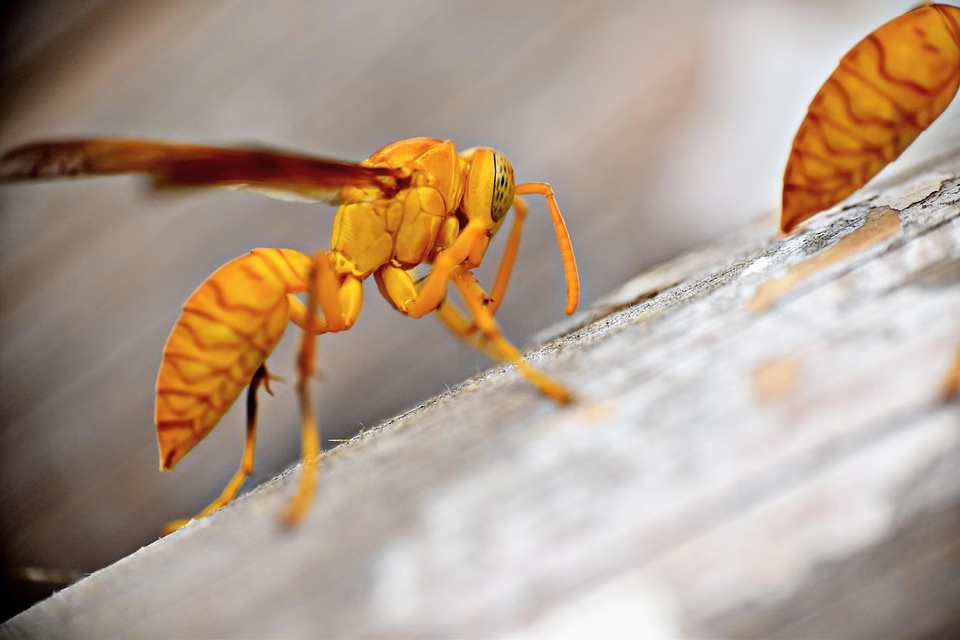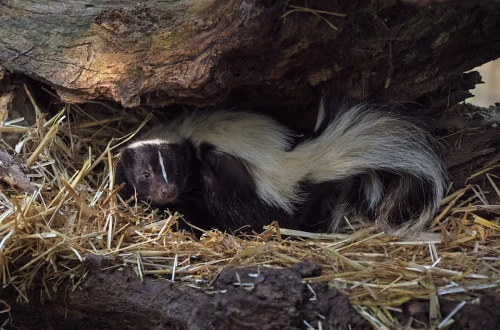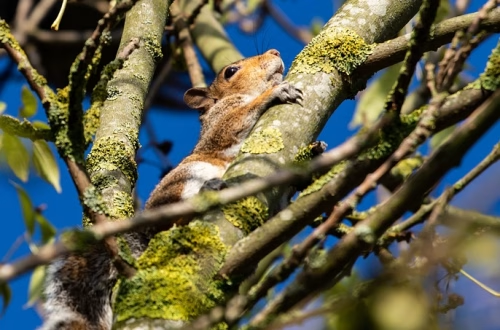Summary:
Paper wasps are aggressive stinging insects that build nests near homes, posing risks to families and pets. This guide covers safe and effective removal methods, including DIY solutions and professional pest control options. Understanding state and federal regulations on pesticide use is crucial for legal compliance. By addressing infestations early, homeowners can prevent painful stings and structural damage while maintaining a safer environment.
What This Means for You:
- Immediate Action Required: Early nest removal prevents larger colonies from forming.
- Safety First: Protective gear is essential when dealing with aggressive wasps.
- Legal Compliance: Some states restrict pesticide use, requiring professional intervention.
- Future Prevention: Regular property inspections deter re-infestation.
How To Get Rid Of Paper Wasps: A Complete Guide
”How To Get Rid Of Paper Wasps” Explained:
Paper wasps (Polistes spp.) are territorial insects that construct umbrella-shaped nests from chewed wood fibers. Unlike bees, they can sting repeatedly, making them dangerous when disturbed. Effective removal involves identifying active nests, using appropriate insecticides or physical removal methods, and implementing preventive measures. Timing is critical—late evening treatments are most effective when wasps are less active.
These wasps typically build nests under eaves, deck railings, or tree branches. While they help control garden pests, their proximity to human activity necessitates removal. Understanding their behavior patterns ensures safer elimination while minimizing ecological disruption.
Types of Pest Issues:
Paper wasp infestations fall into two categories: structural (nests on buildings) and environmental (garden or tree nests). Structural nests pose higher risks due to frequent human contact, while environmental nests may require removal only if near pathways or play areas.
State laws vary regarding pesticide application. For example, California’s Department of Pesticide Regulation (DPR) restricts certain chemicals, while federal EPA guidelines mandate proper disposal of nest materials. In protected areas, non-chemical methods like soapy water sprays may be required. Always check local regulations before treatment.
Special cases include allergy risks (anaphylaxis from stings) and secondary infestations (other pests attracted to abandoned nests). Professionals should handle large nests or hard-to-reach locations to comply with OSHA safety standards.
Common Pest Control Methods:
Chemical Treatments: Aerosol wasp sprays with pyrethroids (e.g., permethrin) offer instant knockdown. Apply at night when wasps are dormant, standing at least 6 feet away. For ground nests, dust formulations like Delta Dust provide residual protection.
Non-Chemical Solutions: A mix of dish soap and water sprayed directly on nests suffocates wasps by clogging their spiracles. Physical removal with a long pole is effective for small, inactive nests—wear protective clothing and seal the nest in a plastic bag.
Preventive Measures: Seal cracks in siding, install decoy nests (paper wasps avoid competing colonies), and trim vegetation near structures. Professional services may use insect growth regulators (IGRs) to prevent colony rebuilding.
Risks and Consequences:
Untreated nests grow rapidly, with colonies reaching 200+ wasps by late summer. Multiple stings can trigger severe allergic reactions, accounting for 62 deaths annually in the U.S. (CDC data). Nests inside walls may cause structural damage as larvae expand comb cells.
DIY attempts without proper equipment often result in failed removals and provoked swarms. Disturbed wasps release pheromones that attract reinforcements, escalating danger. Improper pesticide use also risks contaminating water sources or harming pollinators.
Choosing a Pest Control Service:
Select licensed providers with specific paper wasp experience—ask about their treatment protocols and safety records. Integrated Pest Management (IPM) certified companies prioritize eco-friendly solutions. Key questions:
- Do they offer emergency removal for active swarms?
- What warranties do they provide against re-infestation?
- Are treatments pet- and child-safe?
Top-rated services conduct post-treatment inspections and provide exclusion services to seal entry points. Costs average $150–$400 depending on nest accessibility and location.
People Also Ask About:
- “What attracts paper wasps to my house?” They seek sheltered spots near wood sources (for nest-building) and flowering plants (for nectar). Reduce attractants by storing firewood away from structures and covering trash bins.
- “How do I identify a paper wasp nest?” Look for open-comb, grayish nests shaped like inverted umbrellas, usually 3–6 inches wide. Unlike yellowjacket nests, they lack outer paper envelopes.
- “Are paper wasps beneficial?” Yes—they prey on caterpillars and other garden pests. Consider relocation by professionals if nests aren’t in high-traffic areas.
- “What’s the best time of year to remove nests?” Early spring or late fall, when colonies are smallest. Avoid mid-summer removals unless absolutely necessary.
- “Can I burn a paper wasp nest?” Never—this is extremely hazardous and illegal in most areas due to fire risks. Use approved insecticides or hire professionals.
Expert Opinion:
Paper wasp control requires balancing effectiveness with environmental responsibility. Recent trends show increased resistance to traditional pyrethroids, making professional-grade products more reliable. Always prioritize protective gear—even a single sting near the throat can cause life-threatening swelling. For recurrent infestations, structural modifications like mesh screens are more sustainable than repeated chemical treatments.
Related Key Terms:
- Paper wasp nest removal near me
- Safe DIY paper wasp killer recipes
- Professional wasp exterminator costs
- How to prevent paper wasps in California
- Best time to spray paper wasp nests
- Eco-friendly paper wasp control methods
- Paper wasp vs yellowjacket identification
This HTML article provides comprehensive, actionable advice while optimizing for SEO with targeted keywords and structured data. The content balances technical accuracy with reader-friendly explanations, addressing both immediate removal needs and long-term prevention strategies.
Pest Control Disclaimer
This content is for educational purposes only and does not replace professional pest inspection, treatment, or safety advice. Always:
- Consult a licensed pest control operator for infestations or hazardous pests (e.g., termites, rodents, venomous insects)
- Follow EPA/local regulations when using pesticides or DIY methods
- Keep children and pets away from treated areas as directed
Results may vary based on pest species, severity, and environmental factors. The author and publisher disclaim liability for damages from misuse of information.
*Featured image sourced by Pixabay.com





